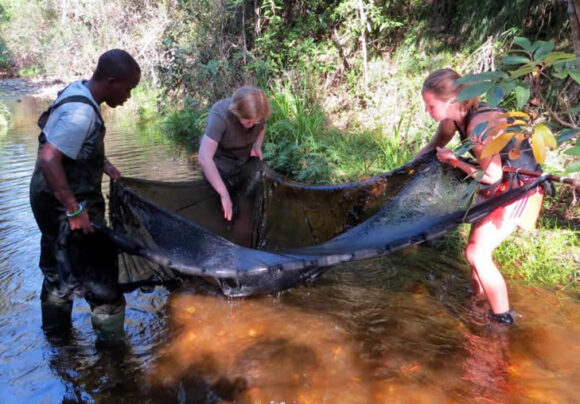The management of alien plant invasions in South Africa has been actively supported by the government’s Working for Water programme since 1995. A recent study led by C·I·B Core Team member, Brian van Wilgen, has found that these efforts have only reached about 14% of the estimated invaded area in South Africa, and that invasions have continued to grow when assessed at a national scale.
The review was part of an exercise to report on the status of invasions and the effectiveness of control measures, as required by South African law. The study used a broad set of indicators for assessing the inputs, outputs, and outcomes of alien plant control interventions, and reported these at a national level. Such reviews are seldom attempted, but they are vital for guiding decisions on how to deal with the problem.
The study estimated that an average of ZAR310 million (adjusted to 2020 values) had been spent every year on work that covered 2.7 million hectares across more than 76 000 sites spread across all nine of South Africa’s provinces.
In doing this, the Working for Water programme had created the equivalent of over 8 000 full-time jobs for disadvantaged people every year. The control efforts were directed at 178 invasive alien species, with spending concentrated on the most widespread and damaging species.
“At a local scale, we can see that Working for Water has played a role in limiting invasions” said Brian van Wilgen, “but when assessed at a national scale, it becomes clear that alien invasive plants are still spreading faster than we can clear them.” He went on to stress that “a national strategy should recognize that funding will never be sufficient to bring all invasions under control everywhere, and that conservation triage should be invoked so that the scarce available funds can be focused on clearly defined priority sites.”
Read the full paper
For more information, contact Brian van Wilgen at bvanwilgen@sun.ac.za




